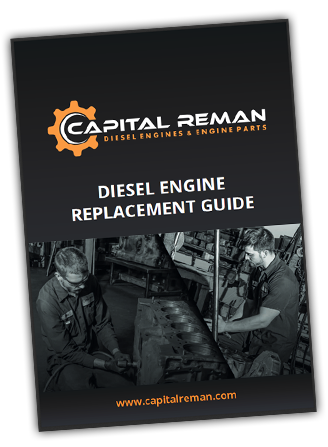Increase Efficiency and Revenue
If you’re a long-haul driver or a fleet manager, you know that keeping your trucks running smoothly is more than just turning the key. Fuel efficiency is a big deal and can save a lot of money and reduce operational costs for both drivers and fleet managers. Here are five proven strategies:
1. Regular Maintenance
Keeping up with scheduled maintenance on your trucks is essential for optimal fuel efficiency. This includes regular oil changes, replacing air and fuel filters, checking and maintaining proper tire pressure, and ensuring the exhaust after-treatment systems are functioning correctly. Clean filters and well-maintained engines reduce drag and improve combustion, leading to less fuel consumption.
2. Tire Management
Proper tire inflation and alignment are critical. Under-inflated or misaligned tires increase rolling resistance, making the engine work harder and burn more fuel. Using low rolling resistance tires and routinely checking pressure can deliver a notable boost to fuel economy.
3. Reduce Idle Time
Excessive idling is one of the leading causes of wasted fuel in heavy-duty trucks. Encourage drivers to shut off engines during long stops and invest in idle reduction technology if needed. Many fleets use automatic engine shutdown systems or auxiliary power units (APUs) to limit unnecessary idling.
4. Driver Training & Behavior
How drivers operate vehicles has a major impact on fuel use. Implement driver training programs that focus on efficient driving practices, such as smooth acceleration and braking, maintaining steady speeds, minimizing sudden stops, and using cruise control when appropriate. Encouraging drivers to keep speeds within the optimal range (typically 55–65mph) can improve fuel economy by up to 10%.
5. Improve Aerodynamics
Adding aerodynamic devices such as roof fairings, side skirts, trailer tails, and wheel covers can reduce wind resistance and drag on trucks, especially at highway speeds. Even simple changes, like keeping windows closed, can help improve airflow and reduce fuel consumption. Regularly inspecting and removing unnecessary accessories that create excess drag is another cost-effective measure.
Implementing these five strategies can result in substantial fuel cost savings, lower emissions, and improved longevity of truck components, creating value for both drivers and fleet managers.
If you need parts, service, or expert help, contact Capital Reman Exchange. We’re here to keep you moving.




